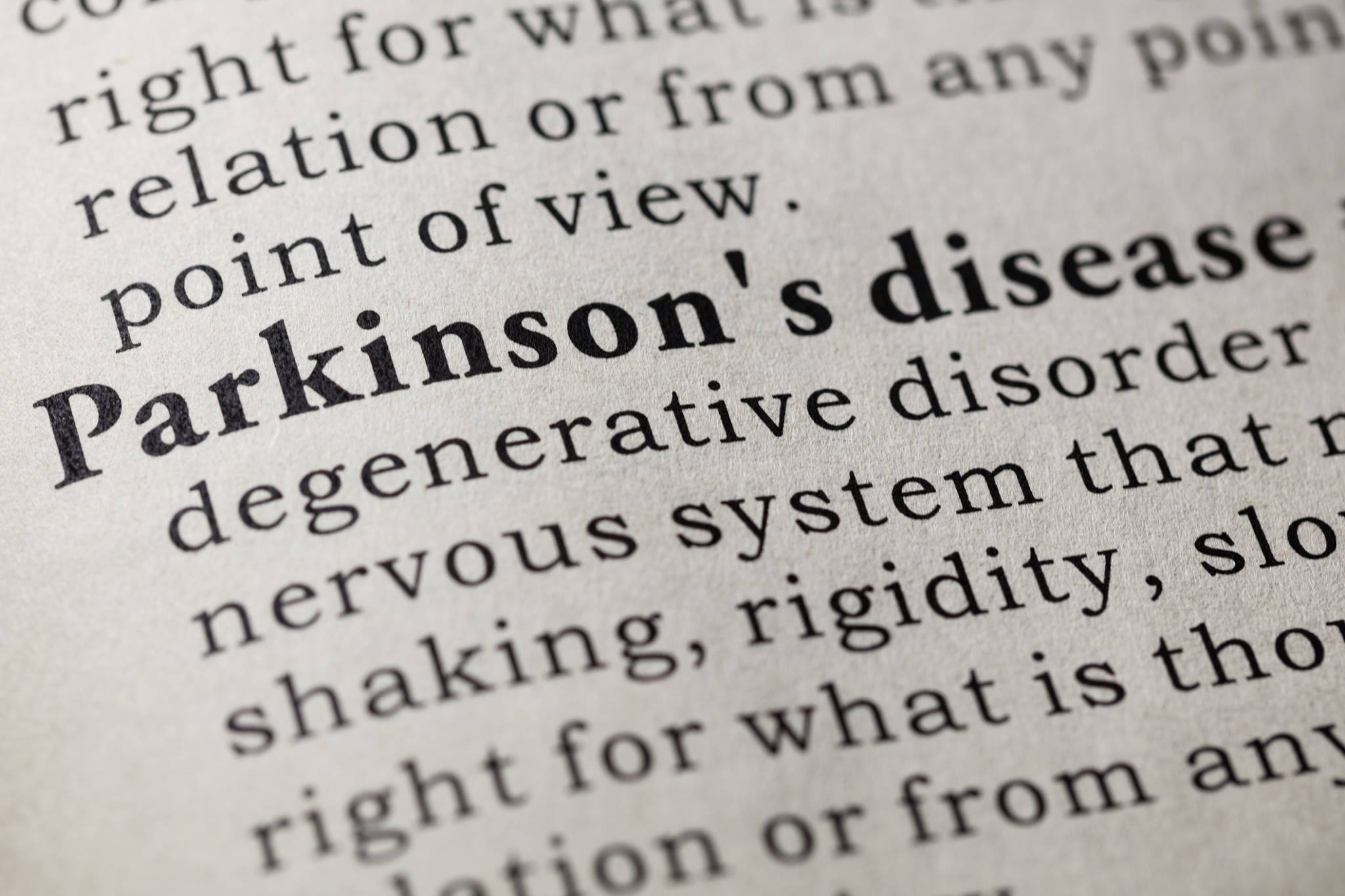A Breakdown of Parkinson’s Disease
Parkinson’s disease is a progressive neurodegenerative disease where cells responsible for producing dopamine, a chemical messenger associated with movement, die off in the substantia nigra region of the brain.
Parkinson’s disease has become increasingly more prevalent in the United States, with approximately one million Americans currently living with the disease. On average, by age 85, one in 32 persons will have developed Parkinson’s disease.
Margo Chediak, PA-C with the neurology department at The University of Kansas Health System St. Francis Campus, is sharing more about how Parkinson’s effects the body, how it is diagnosed and treatment options that are currently available.
“A definitive cause for Parkinson’s disease has not been found, however an association has been noted with rural living (likely from environmental toxins, pesticides, fungicides, etc.), history of head injuries and family history,” said Crediak. “Males are more commonly affected than females and age is the greatest risk factor.”
Symptoms of Parkinson’s disease include a slow progression of bradykinesia (slowness of movements), a resting tremor typically beginning in either the left or right arm, rigidity, shuffling gait and unstable posture. A reduce blink rate, soft voice and loss of facial expressions may also be noted.
More advanced symptoms may include freezing of gait, falls, behavioral changes, orthostatic hypotension, swallowing and speech difficulties, cognitive decline, depression and anxiety. Constipation, loss of smell and REM sleep disorder may occur sometimes years before the movement disorder is noted.
Diagnosis of Parkinson’s disease is primary done with a review of signs and symptoms and a thorough neurologic exam. “There is no specific test to diagnose Parkinson’s disease, however there is an imaging study to help distinguish between different types of tremors which many help support an unclear diagnosis of Parkinson’s disease,” said Chediak. “This test is called a CaTscan, which is a CT SPECT scan tracing dopamine transportation in the brain.”
There are multiple treatment options for Parkinson’s disease, albeit no definitive cure yet. “The gold standard treatment remains a combination of the medications levodopa and carbidopa, but there are other types of treatments available,” said Chediak. “These types of medications are generally well-tolerated, however nausea, hallucinations and dyskinesias (jerky, involuntary movements) are not uncommon side effects.”
While not frequently seen with dopamine agonists, potential side effects may include compulsive behaviors such as excessive shopping, gambling, pornography or inappropriate sexual activity. “These behaviors occur because dopamine effects the pleasure/reward area of our brains,” said Chediak.
Alternative treatment options include deep brain stimulation, a surgical procedure that may assist in reducing symptoms. Another option is a surgical tube that is placed directly to the small intestine and releases medication in suspension form while that patient carries a small pump. Patients may develop a progressive diminishing of therapeutic effect prior to the next scheduled dose of medication. These are referred to as “wearing off” or “off periods.”
New medications and routes of delivery are continuously in the works. In early 2019, a new form of levodopa was released, to be administered as an inhaler for the aforementioned ‘off periods.’ Stem cells are also under investigation, as well as a new route to administer dopamine directly to the brain via implanted ports.
Individuals with Parkinson’s disease have an increased risk for melanoma and should be screened annually by a dermatologist or their primary care physician yearly. “The risk for melanoma is four times higher for individuals with Parkinson’s disease than the general population,” said Chediak. “Mood disorders are also common among Parkinson’s patients.”
Exercise is a possible neuro-protective strategy against Parkinson’s disease. “Walking, swimming, tai chi (a form of meditative martial arts) and yoga are all great for individuals with Parkinson’s.” said Chediak. “Walking on a treadmill is great since you are able to hang on the handles for stability. Exercise helps increase strength, flexibility, mood and balance and can help decrease the risk of falling. It’s always important to be aware of your posture whenever you are exercising. Make sure to avoid carrying items during physical activity and walking backwards.”
Other protective factors may include coffee, use of nonsteroidal anti-inflammatory drugs and estrogen replacement in postmenopausal females.
While there is no cure for Parkinson’s disease yet, it is a treatable disease. “In most cases, the disease and its symptoms can be managed effectively so those who are impacted are able to continue engaging in active, fulfilling lives,” said Chediak. “Research and trials on further treatments are ongoing.”
The University of Kansas Health System St. Francis Campus physical therapy department offers a “Big and Loud” Parkinson’s program. To learn more about the program and other treatment methods for Parkinson’s, call 785-295-8492.




